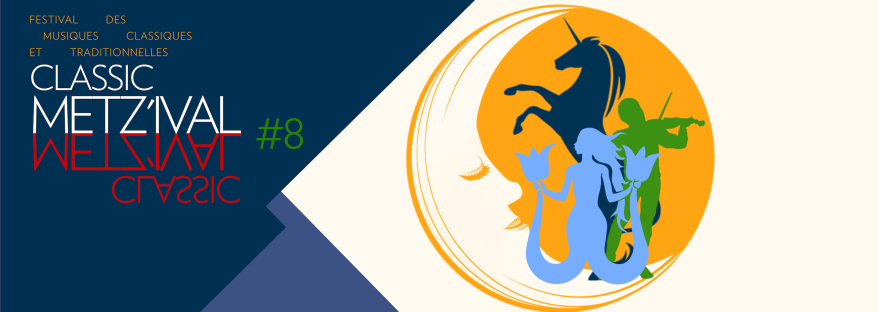The mind is like a richly woven tapestry whose colors derive from the experience of the senses, and whose pattern is drawn from the convolutions of the intellect.
Carson McCullers
Warp & weft is an intimate portrait of an artist, a patchwork of pieces representing different facets of her through the multitude of aesthetics of piano compositions over the last thirty years.
Warp and weft are the terms used to describe a weaving method in which two threads interlaced at right angles form a fabric. The Persian translation “Tār o Poud” is a poetic expression used to describe the different states that build up a person. This expression has a particular resonance for Iranian pianist Nina Maghsoodloo, evoking an intimate dimension of being.
More than a piano recital, Nina Maghsoodloo proposes a patchwork of varied and often unexpected forms, where the piano, sometimes amplified, dialogues with video, soundtrack and the pianist herself. Warp & weft establishes a connection between music and audience, and offers to share the emotions it arouses. Contemplative, moving, funny and incandescent, Nina Maghsoodloo offers an original performance not to be missed!
warp and weft: Works by Sara Glojnarić, Pierre Jodlowski, Francois Sarhan, Gérard Pesson, Mark Applebaum
- Nina Maghsoodloo, piano

